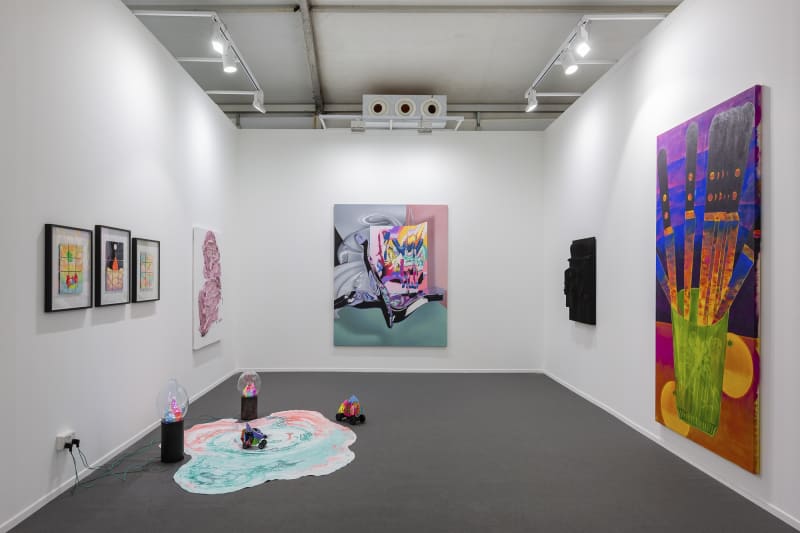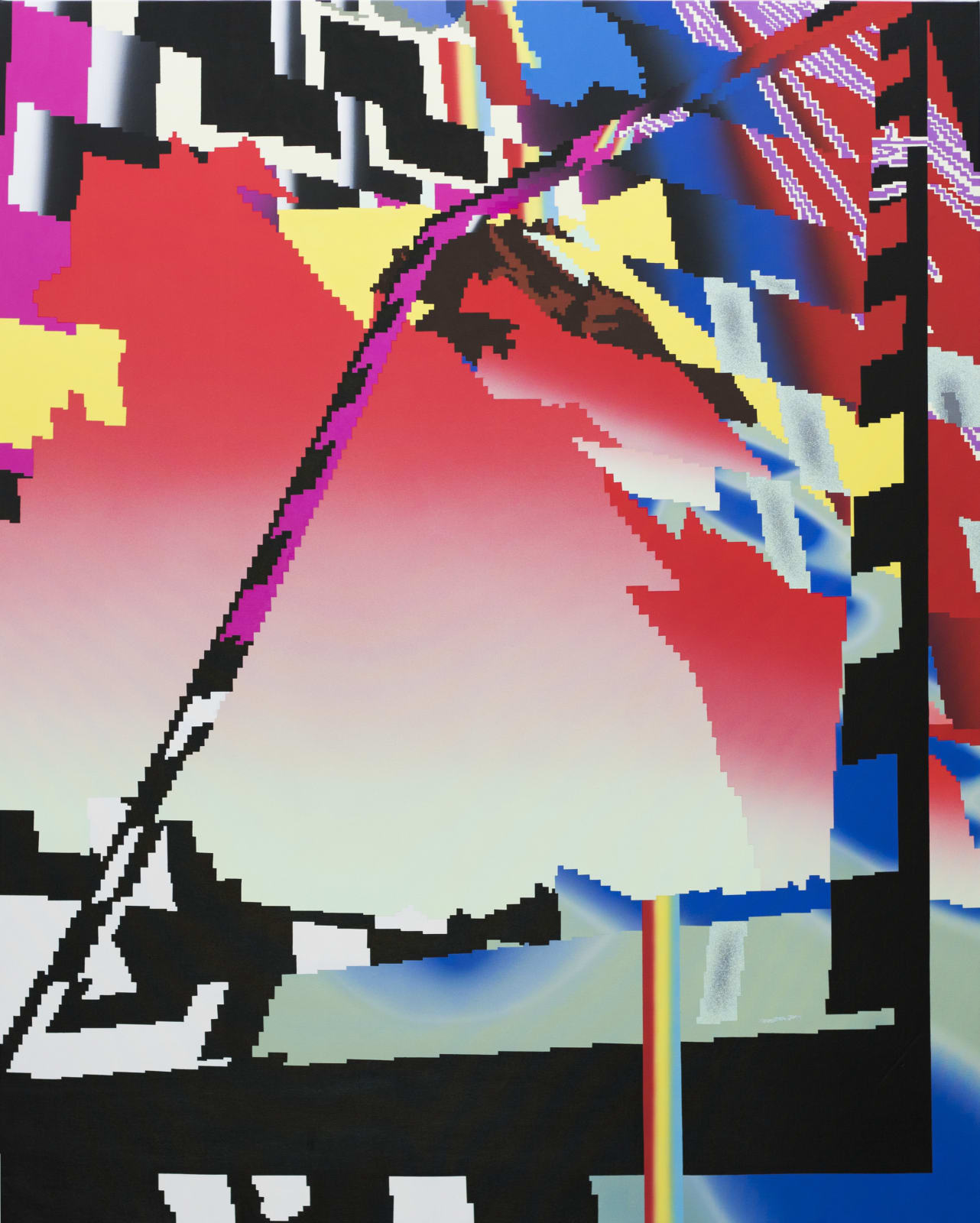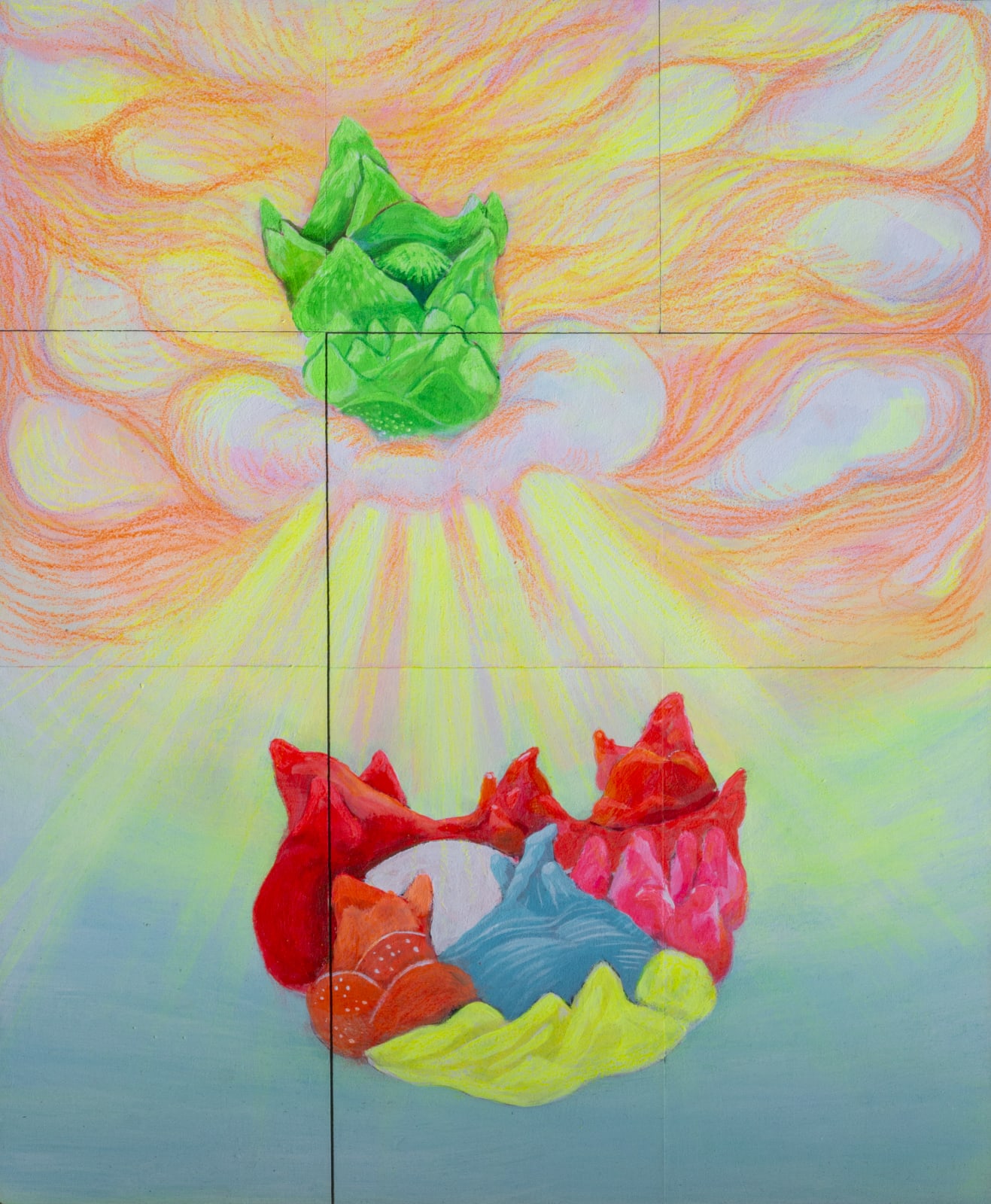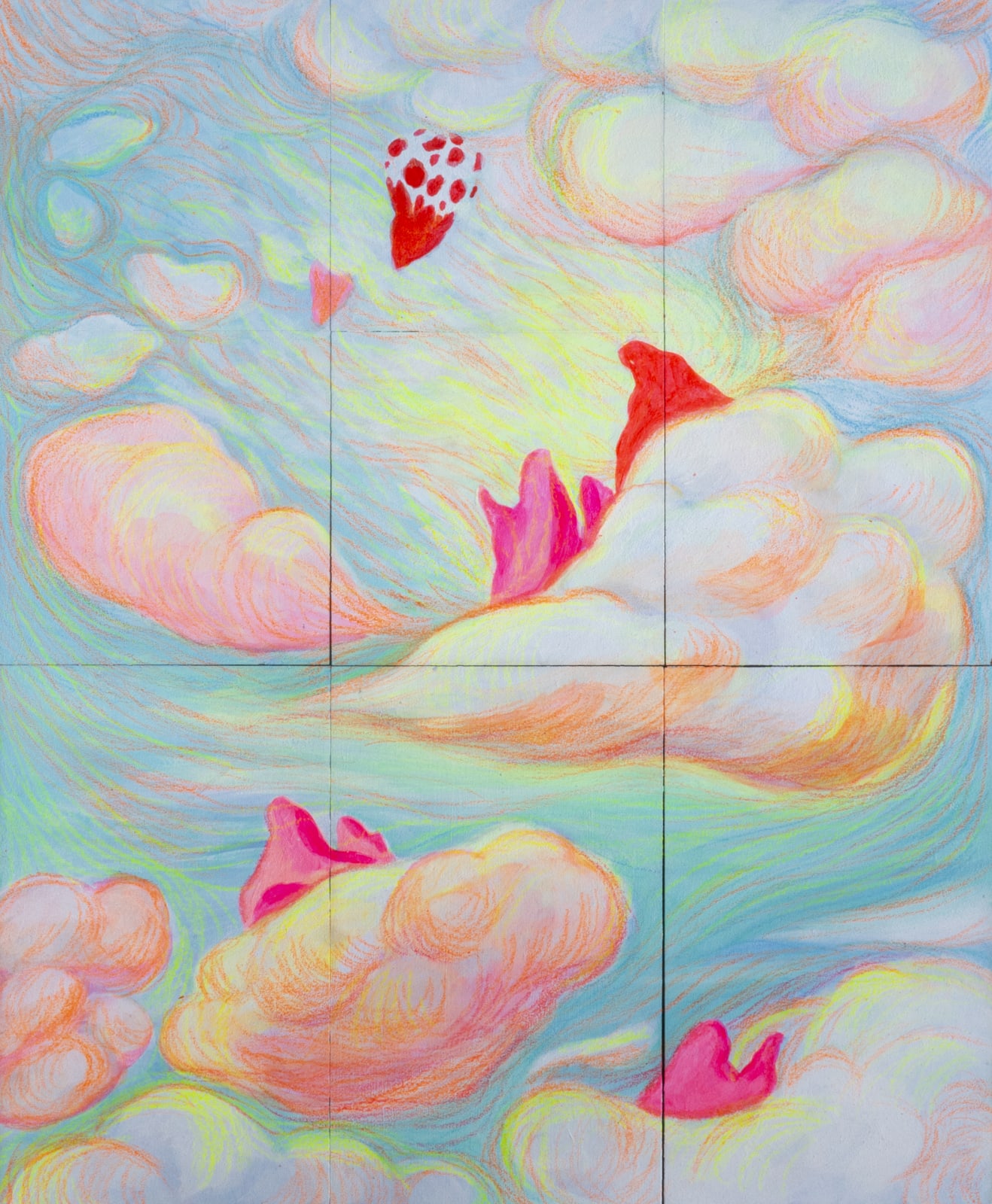Dastan's Basement: Art Dubai 2021
Dastan’s Basement is pleased to announce its participation at this year’s Art Dubai with a presentation of works by Yousha Bashir, Farrokh Mahdavi, Iman Raad, Mamali Shafahi, and Taba & Shooki.
The 14th edition of Art Dubai will take place at Dubai International Financial Centre (DIFC) from 29 March – 3 April 2021.
-

Art Dubai: the first real-life fair since the start of the pandemic announces formats of the future
Judith Benhamou Reports April 4, 2021Judith Benhamou-Huet Reports has recently published an article on this years Art Dubai, reviewing some of the exhibitor's booths and interviewing with some of the...Read more -

Art Dubai 2021: These are some of the most eye-catching works at this year's fair
The National March 31, 2021The Arts & Culture section of UAE's The National has recently published an article on 'some of the most eye-catching works' at this year's Art...Read more -

Dubai Connections: Eight Highlights at Art Dubai
Ocula March 31, 2021Ocula has recently published an article, recommending eight highlights at Art Dubai 2021, including Iman Raad at Dastan's Basement booth. Click here to read it...Read more -
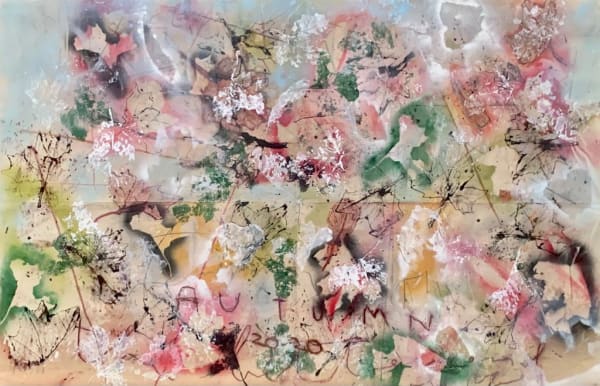
Is Art Dubai the Future of Art Fairs?
Hypebeast March 29, 2021Hypebeast has recently published an article on this year's Art Dubai Art Fair. Click here to read it in full.Read more
Dastan’s Basement
Art Dubai 2021, Booth B11
Yousha Bashir, Farrokh Mahdavi, Iman Raad, Mamali Shafahi and Taba & Shooki.
Dastan’s Basement is pleased to announce its participation at Art Dubai 2021 with a presentation of works by Yousha Bashir, Farrokh Mahdavi, Iman Raad, Mamali Shafahi and Taba & Shooki.
Yousha Bashir (b. 1989) is an artist living and working in Tehran, Iran. Bashir received a BFA in visual arts from Farhangian University of Tehran. His artistic practice ranges from painting and sculpture to installations and site-specific works. Bashir’s works oscillate between abstraction and figuration and the key concepts which tie most of his works together are deconstruction, duality and suspension. The “self” and how it is separated from the real world is one of the main explorations in Bashir’s works. His works are often made up of figures – sometimes self-portraits – and utopian/dystopian abstract landscapes. Bashir has a continuous dialogue with his previous works; his new works are often recycled ideas and explorations from his earlier works driven towards new directions. Bashir’s recent works are a continuation of his focus on abstract landscapes, framed within more extensive landscapes, creating a new perspective and challenging the idea of the painting’s solid framework. Through these works, Bashir explores the relationship between the digital realm and the painting itself as a physical entity. The landscapes in his work examine the translation of images through the digital realm into the canvas and vice versa.
Farrokh Mahdavi (b. 1970, Tehran, Iran) is amongst the most prolific painters of his generation in Iran, with his works being easily distinguished through the use of unique pinkish hues and his recognizable technique where he aims to reach “a more material meaning” by “omitting the impurities”, defamiliarizing the well-known facial elements, and crossing over “cliché definitions”.His works emphasize his depiction of the fleshy pink color, a color that covers his figures and allows to “render a more general depiction of human beings devoid of stereotypes of gender and of race”. The faces in Mahdavi’s work concentrate on features such as the eyes or the lips, and the rest are covered by thick layers of pink paint, accurately expressing the emotions of his characters. He tries to specify forms and conditions without directly depicting anything additional to that as he believes it deviates from the main point. Farrokh Mahdavi's work has been shown in Iran and abroad including major exhibitions such as “City Prince/sses” at the Palais de Tokyo in Paris, 2019 and the Iranian Pavilion in Venice Biennale, 2015.
Iman Raad is an Iranian artist who currently lives and works in New York City. Raad works across a variety of media, including painting, drawing, embroidery, graphic design, and performance lectures. His works are imbued with influences from Persian painting, Mughal painting, South-Asian truck painting, and digital glitch imagery. Raad combines these local references with contemporary subject matter and digital image culture to create his diverse works ranging from paintings on glass to mural-scale wall installations. Using a vivid, high-key palette, altered perspective, and repetition, he creates a riot of color and movement that is both seductive and unsettling. His works utilize ornamental elements such as birds and flowers and still life subject matters such as fruits and candles which are recalibrated into subjects that carry narrative import and are given animate, unnatural presences. These are intertwined with social events and historical moments rendered in fantastical ways to draw in the viewer. Raad manages to combine his background of Iranian culture with his current milieu of the United States by creating spaces between areas of knowledge and history. Due to Raad’s background in graphic design, his works incorporate both the flatness of Persian miniature painting and the perspectival view of Western Painting.
Mamali Shafahi's works are a joyful homage to his father and his heritage, produced during a period of Covid-19- related lockdown and separation from his family, with Mamali in Europe and his parents in Iran. They are a series of reliefs, visibly inspired by his father, Reza’s drawings, but in 3-D and finished, like some of Mamali’s previous volume works, in brightly-coloured, monochrome flocking: parental images in the son’s media. The aim is to use these reliefs in installations of Mamali’s work on the impact of emerging and future technologies on individuals and society in general, in particular in a post-body world where real, augmented and virtual are intertwined and identities are multiple and blurred.
Taba Fajrak and Shokoofeh Khoramroodi (Taba & Shooki) are an artist duo based in Tehran, Iran. They began working together in 2016 after meeting during a collaborative urban art project at Niavaran Cultural Center. The duo’s collaborative effort started with an interest in the representations of the self in art, which is reflected in the omnipresent imagery of their own figures in their pieces. Implicit in their work is the idea that self- reflexivity and performativity of the artist’s life and artistic conventions tend to be original sources of creation. Trying to defy any neat categorization in their work, they believe that everyday life is a potential subject matter for art. They have depicted and recorded themselves in their pictures and videos, narrating the stories and their experiences as they work together as a duo. Discerning between interdisciplinary, multidisciplinary and transdisciplinary practice, the duo’s project is to make use of different techniques and media to form an interconnected body of work which encompass a wide range from animation, video, live and recorded performances to paintings, illustrations and threedimensional large-scale installations. Taba Fajrak (b. 1989, Tehran, Iran) is a performance artist, dancer, and researcher. She is a graduate of English Language and Literature from the University of Tehran. She continued her studies in nonsense literature and non-verbal performance, obtaining a master’s degree in English Literature from Shahid Beheshti University (Tehran). Her pieces have been featured in several exhibitions and public performances. Taba frequently works in collaboration with other artists from a range of different disciplines. Shokoofeh Khoramroodi (b. 1988, Hamedan, Iran) studied Painting at the Faculty of Arts & Architecture (Azad University, Tehran) and Yazd Faculty of Art & Architecture. Focusing mostly on drawing over her career, more recently she has experimented in animation and multidisciplinary work.
